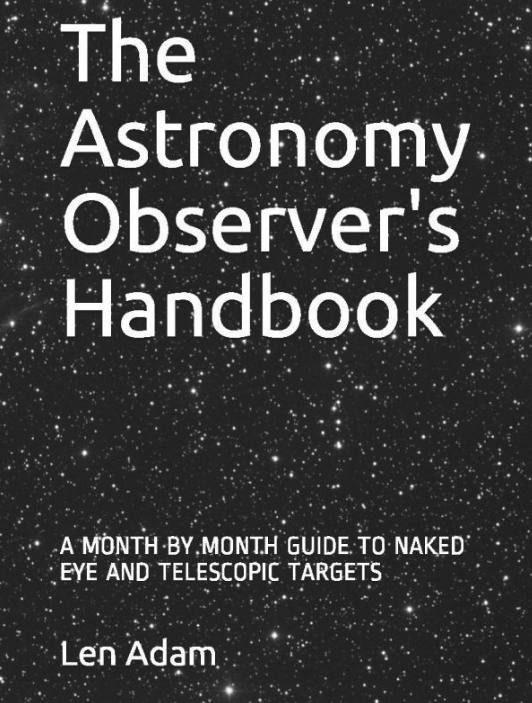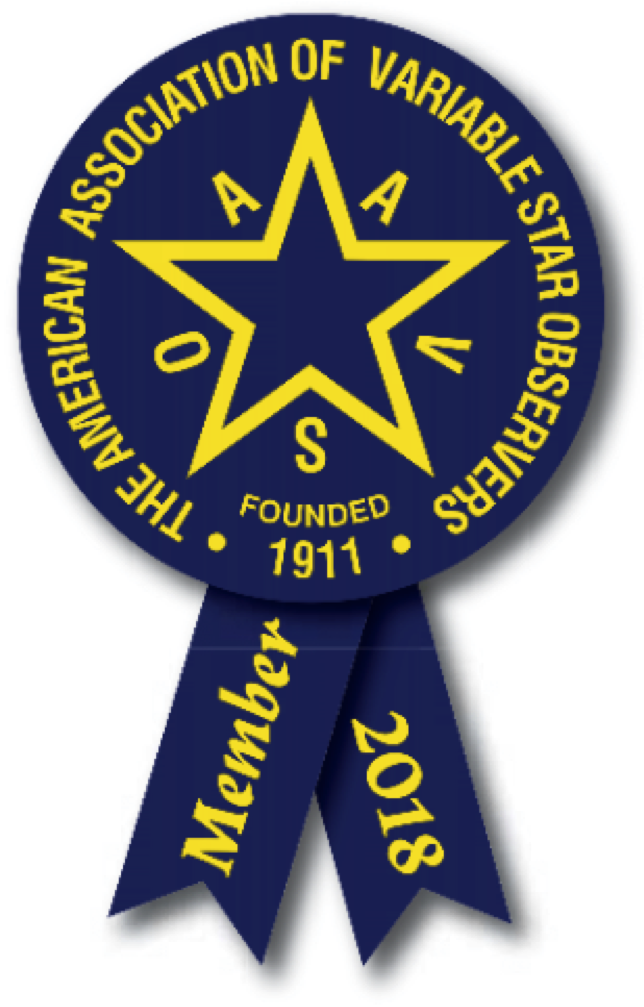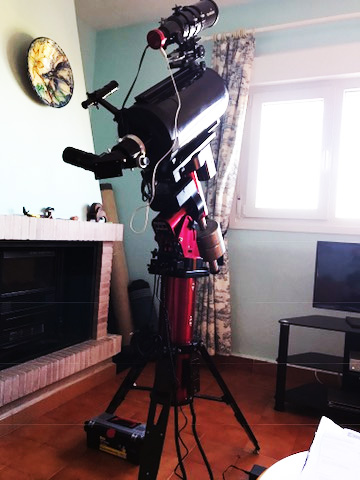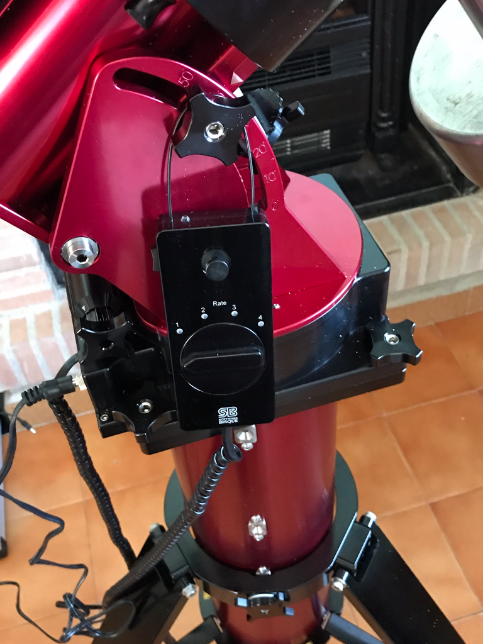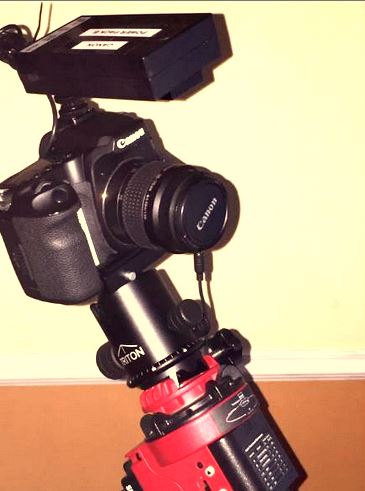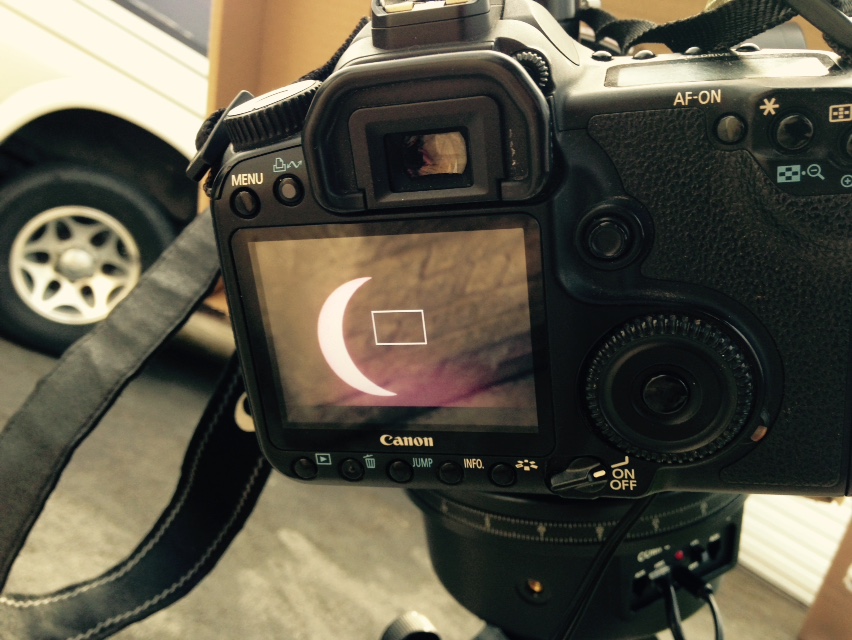No Moon images today - fairly total cloud cover. I am looking at NGC 2070 imaged using T30 at Siding Spring. This is the first image in Hydrogen Alpha light.

NGC 2070 nebulosity in Hydrogen Alpha - The Tarantula Nebula
The nebula surrounding the energising star cluster R136 - NGC 2070 in Dorado in Hydrogen Alpha. The telescope T30 at Siding Spring was used to take the image. A 300 second exposure. The Tarantula Nebula lies within the Large Magellanic Cloud.
There are four star clusters surrounding this object that are better shown in the following luminance image. I call these the Four Horsemen of the Tarantula!
North is to the right and East is up in this image.
I can see a ghostly figure here quite clearly with a face with eyes, eyebrows, lips, teeth, holding a bunch of flowers (or an LED torch) in its right hand (NGC 2060). Is this an alien race trying to make contact? It actually reminds me of someone... ......Senility is setting in - I will be carted away soon!

NGC 2070 (30 Doradus) the Tarantula Nebula - and the Four Horsemen.
This 300 second luminance only image (T30 Siding Spring) shows NGC 2070 and also four star clusters surrounding it - from bottom left clockwise they are - NGC 2100, NGC 2093, NGC 2042 and NGC 2044. I call these the Four Horsemen of the Tarantula although there is another cluster below and to the right of the Nebula - NGC 2060 - and of course the cluster energising the Tarantula, R136, partially visible through the nebulosity. There is a very old star cluster there as well - Hodge 301 - with stars that contain reused material from ancient supernovae - identified in the following image. North is up and East is to the left in this image.

Hodge 301 Old Star Cluster in the Tarantula Nebula.
Grebel and Chu estimate that the cluster Hodge 301 indicated is 10 times older than the cluster at the centre of the Tarantula Nebula R136.
 Wednesday, November 26, 2014 at 8:56AM
Wednesday, November 26, 2014 at 8:56AM Before sunrise looking East 10 seconds exp. ISO 3200
 [Your Name Here] | Comments Off |
[Your Name Here] | Comments Off | 
